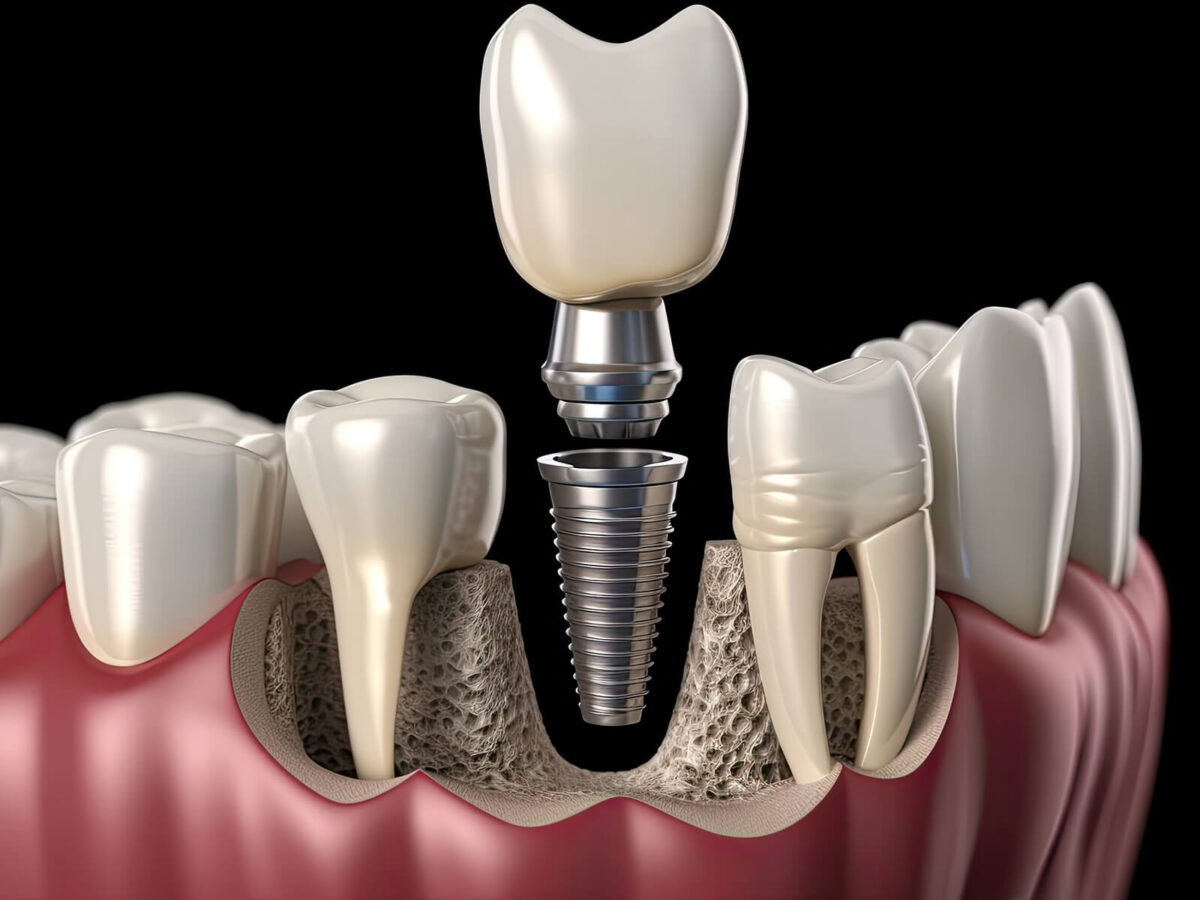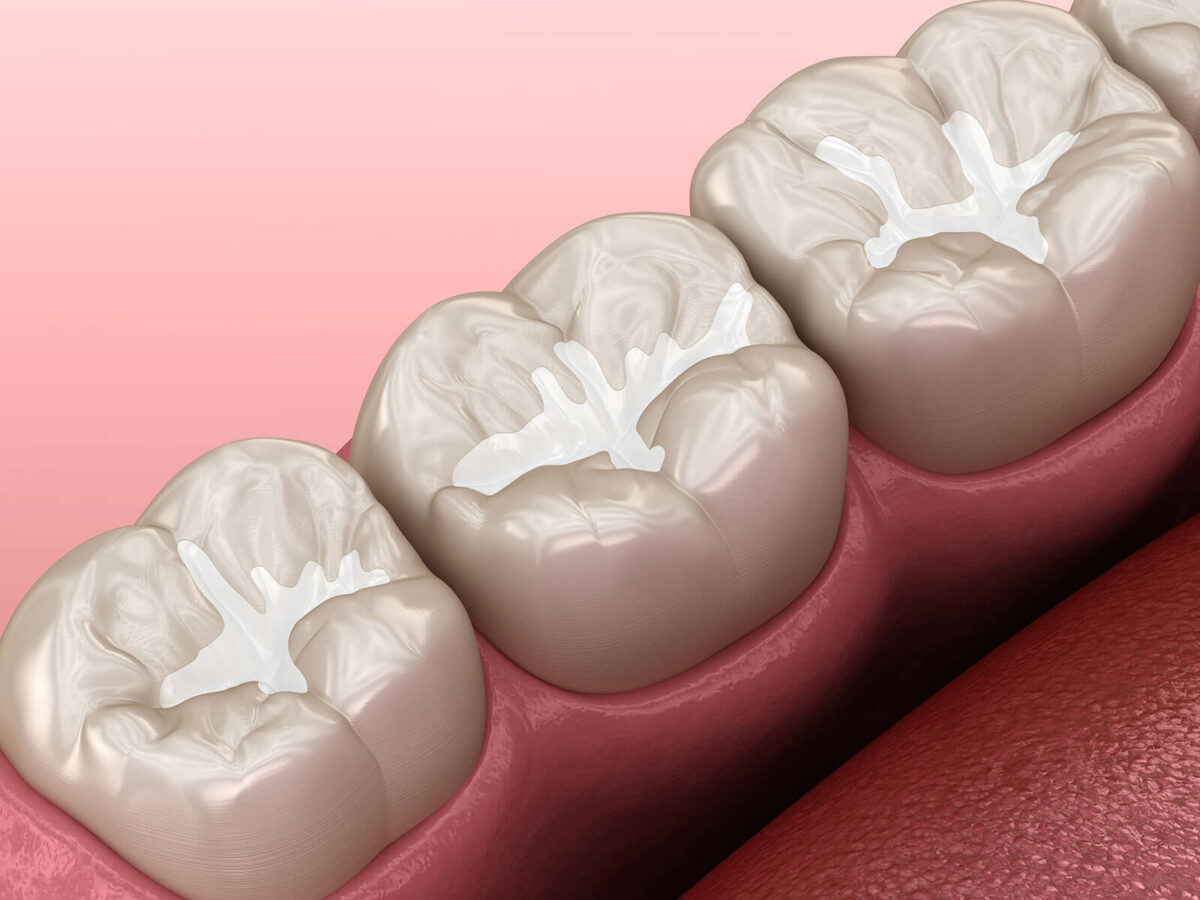Introduction:
Dental implants represent a significant advancement in restorative dentistry, offering a long-term solution for missing teeth. However, their success and longevity largely depend on effective aftercare.
Our best Victoria Dentist TX highlights five critical aftercare tips designed to preserve the integrity and aesthetics of your dental implants. By adhering to these guidelines, patients can enhance the success rate of their implants and enjoy a healthy, vibrant smile for many years.
Essential Aftercare Tips for Dental Implants:
Practice Gentle Oral Hygiene:
- Embrace the use of a soft-bristle toothbrush to clean around both dental implants and natural teeth gently, ensuring the removal of plaque without causing irritation.
- Floss daily with care, utilizing tools designed for implants like water flossers or soft picks to prevent damage to the surrounding tissues.
Select a non-abrasive toothpaste to avoid scratching the implant surface, which could make it more susceptible to bacteria buildup.
Refrain from Damaging Habits:
- Smoking cessation is critical as it can hinder healing and increase the risk of implant failure.
- Limit alcohol intake, especially in the initial healing stages, to support optimal implant integration and overall oral health.
- Protect your implants from the stress of teeth grinding by using a night guard, which can mitigate the risk of implant overload and failure.
Adopt a Nutrient-Rich Diet:
- Focus on consuming foods that are rich in vitamins and minerals essential for healing and maintaining oral health, such as leafy greens, dairy, lean proteins, and nuts.
- Avoid sugary and acidic foods that can lead to plaque formation and compromise the health of both natural teeth and dental implants.
Commit to Regular Dental Checkups:
- Keep to a schedule of regular follow-up visits with your dentist to monitor the health and integration of your implants.
- Undergo professional cleanings as recommended to prevent peri-implant diseases and ensure the longevity of your implants.
Respond Promptly to Any Concerns:
- Report any discomfort, swelling, or changes in the implant site to your dentist without delay. Early intervention can prevent minor issues from evolving into major complications.
- In case of emergencies, seek immediate dental care to address any unforeseen issues with your implants effectively.
Conclusion:
Dental implants are a testament to the advances in dental technology, offering individuals the chance to restore their smiles with confidence. Best Victoria Dentist TX underscores the importance of dedicated aftercare to protect this investment. By following these five essential tips, patients can significantly contribute to the success and longevity of their dental implants. Remember, a commitment to aftercare is crucial for sustaining the beauty and functionality of your smile, ensuring your dental implants remain an invaluable part of your oral health for the long term.





